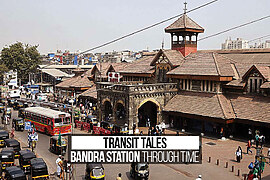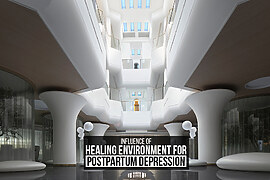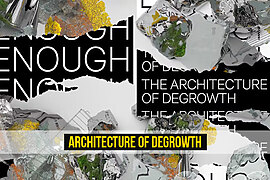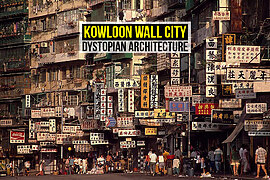Throughout history, political and economic developments of a particular time have had a significant influence on the growth of art, culture and social lives of civilians and, more importantly, the artists belonging to the regions in focus. These developments have given birth to a series of art movements with specific ideologies that typically lasted for a matter of a few decades, characteristic of the time they originated in and the place. Beginning in 1890 and lasting until the onset of the First World War, the popularly known Art Nouveau movement aimed to modernise design and crafts by throwing off historicism.
With the same principles and beliefs, Art Nouveau was referred by different names in different locations based on the native languages: Stile Liberty in Italian, Modernisme català in Catalan, Secession Style in Austria, Style Moderne in France and as Jugendstil in the German-speaking countries.
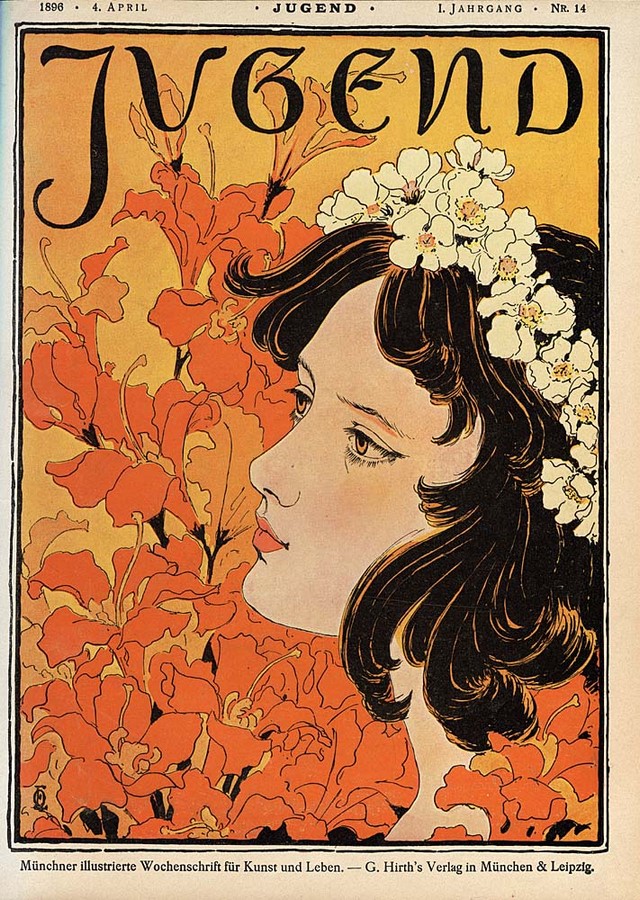
Origin of Jugendstil
In the late nineteenth century, instabilities in the political situation in the European continent led to amalgamations of some territories and eventually, competitions between different regions developed as the working classes prospered and economies stirred. At this time, artists and intellectuals debated to revolutionize art and create a new identity that would appropriately define the transition into modern times.
Hence began the period of Jugendstil in Munich, a novel and arbitrary style that was applied in arts, domestic furnishings and architecture, launched by a Swiss-born artist named Hermann Obrist. The German counterpart for the Art Nouveau movement, Jugendstil, translating to “Young Style”, derived its name from graphic art and interior decorations magazine called Die Jugend that was founded by artist Georg Hirth.
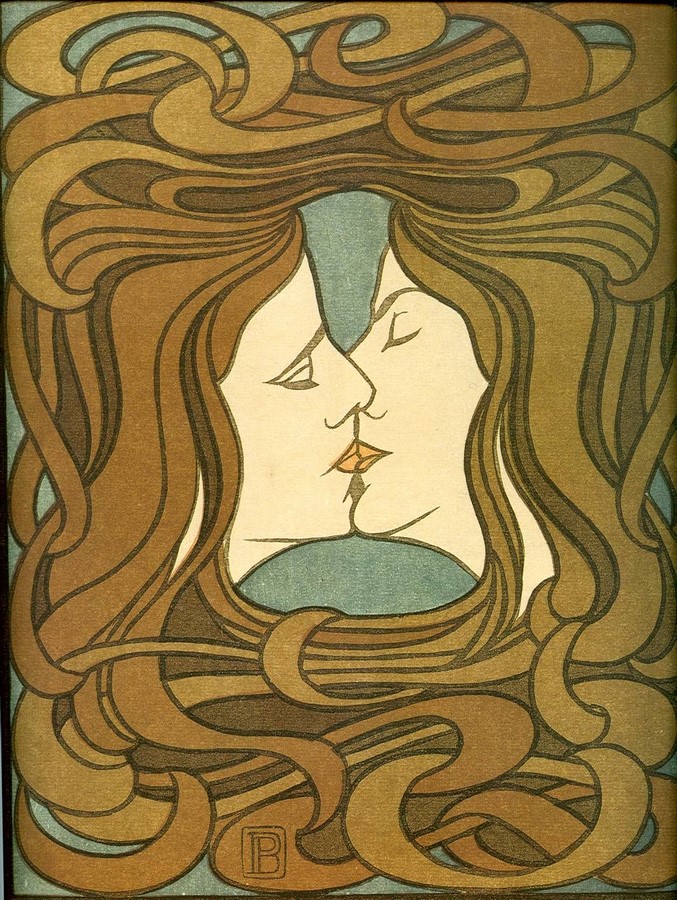
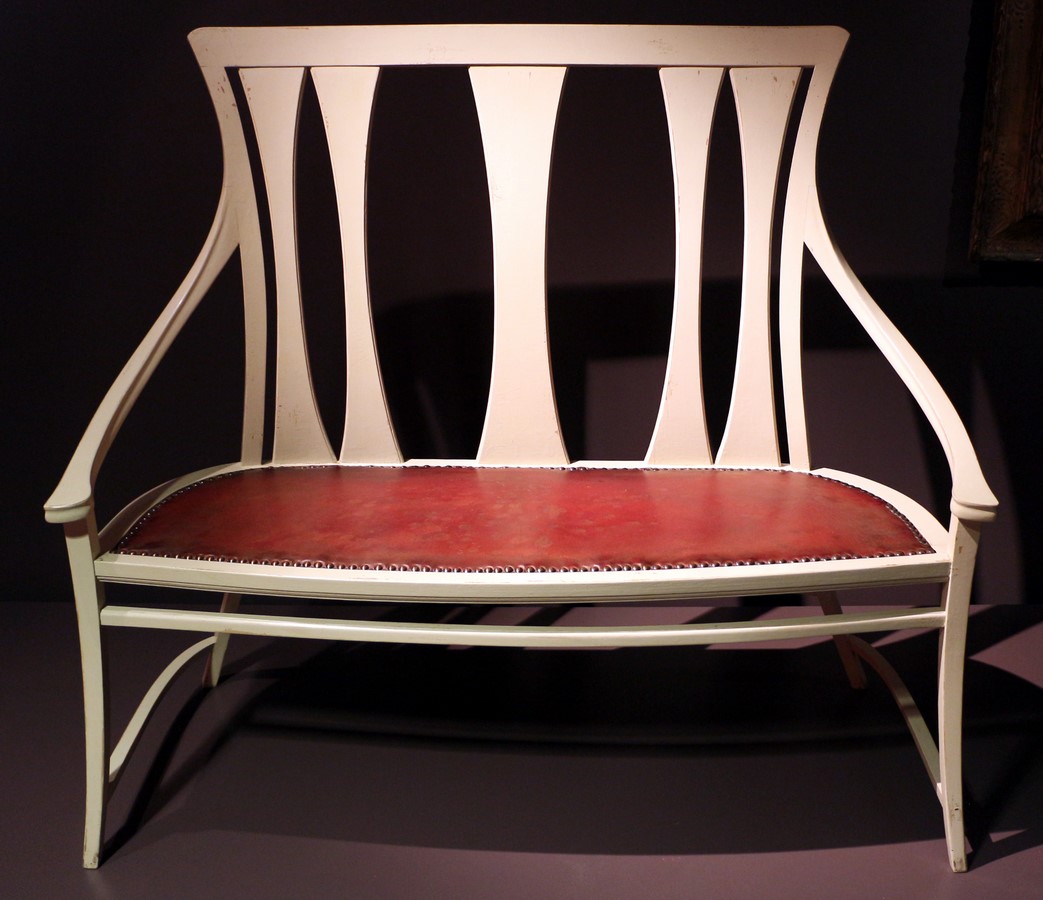
Key features of Jugendstil
The Jugendstil was first inspired by naturalistic floral motifs and arabesques, and hence the prominent features of the style’s architecture, furniture and art were dynamic organic lines and forms.
However, over time, the style had evolved to become more abstract and functional with complex geometric forms and rigid contours. This movement had become a benchmark for modernist art periods that followed subsequently, such as Expressionism where ideas were represented subjectively to evoke emotions and then the Bauhaus that experimented with combining fine and applied arts.
The essential idea of the movement was to disseminate the new concepts of art and design to the public and therefore there was an emphasis on conducting workshops throughout the country where Jugendstil artists worked with industrial designers for mass production of the newly created objects.
Furthermore, Jugendstil also aimed to achieve the concept of Gesamtkunstwerk which meant a “total work of art” or “universal artwork”. The idea that desired to synthesize all the arts into a whole had inspired the design of every element of a building and its interiors to be harmonious with each other within the visual vocabulary.
Here are the 5 examples of Jugendstil architecture:
1. Hochzeitsturm (The Wedding Tower), Darmstadt Artists’ Colony, Germany | Jugendstil
Located at the highest point of the Darmstadt Artists’ colony, a well-noted residential community in Germany for Jugendstil artists, the Wedding Tower by Joseph Maria Olbrich emphasizes verticality as a tall brick mass rises to five symmetrical arches of varying heights.
These five curved spires are lined with glass and they are highlighted by their contrast in form to the rectangular base structure. Bands of asymmetrically placed windows that turn around one edge of the tower help in breaking the vertical scale of the tower.
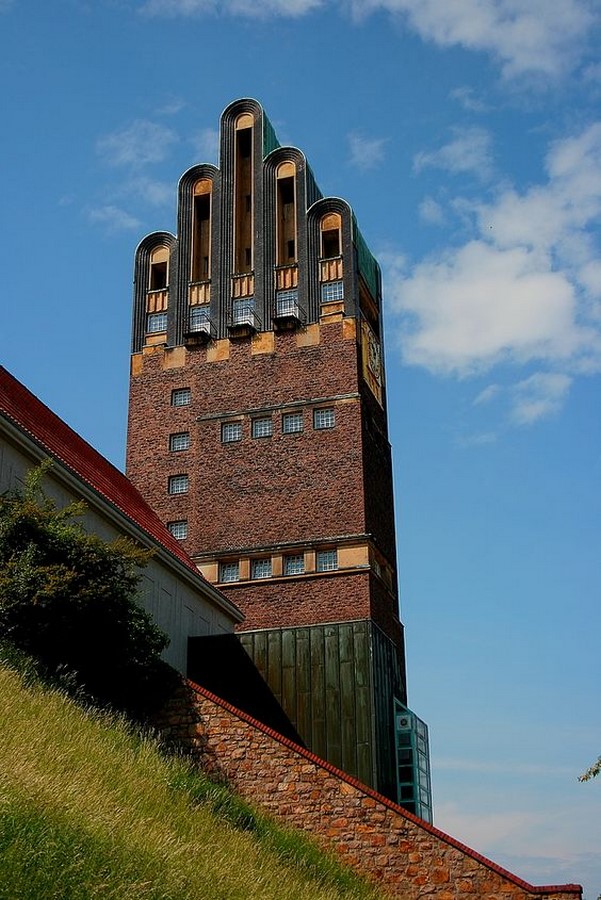
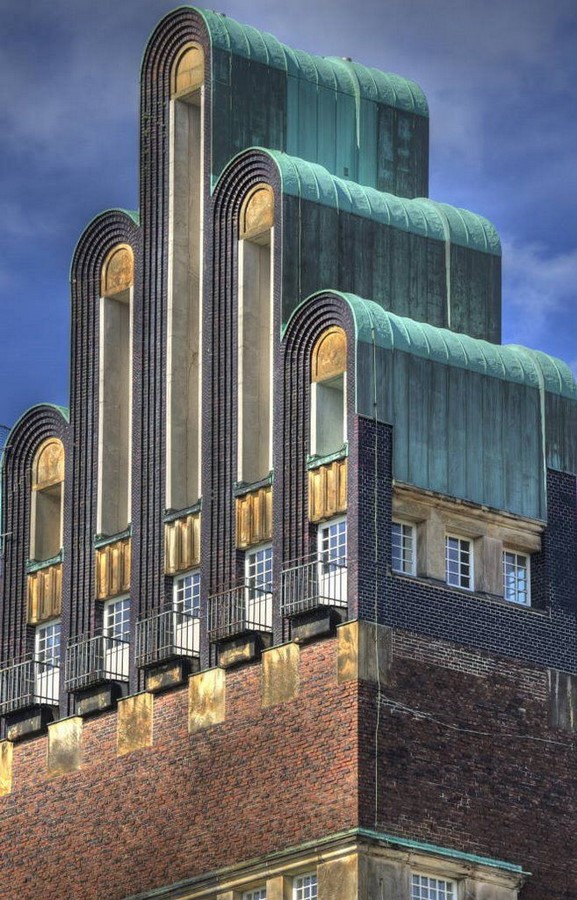
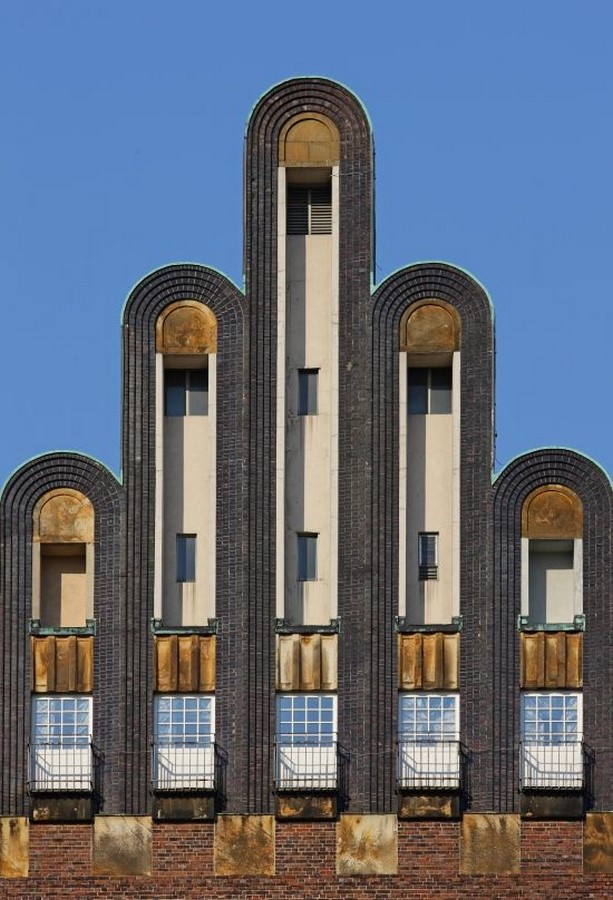
2. Large Glückert House, Darmstadt Artists’ Colony, Germany
The large Glückert house by Joseph Maria Olbrich was designed for furniture maker Julius Glückert to serve as his exhibition room. It was the grandest exhibition villa in the colony with all four facades designed differently. The entrance is defined by an omega-shaped portal with wrought-iron lattice work over a glass background. The interiors of this lavish house complement the design with an opulent fireplace ornamented by large stylised peacock feathers fitted with light bulbs, on either side.
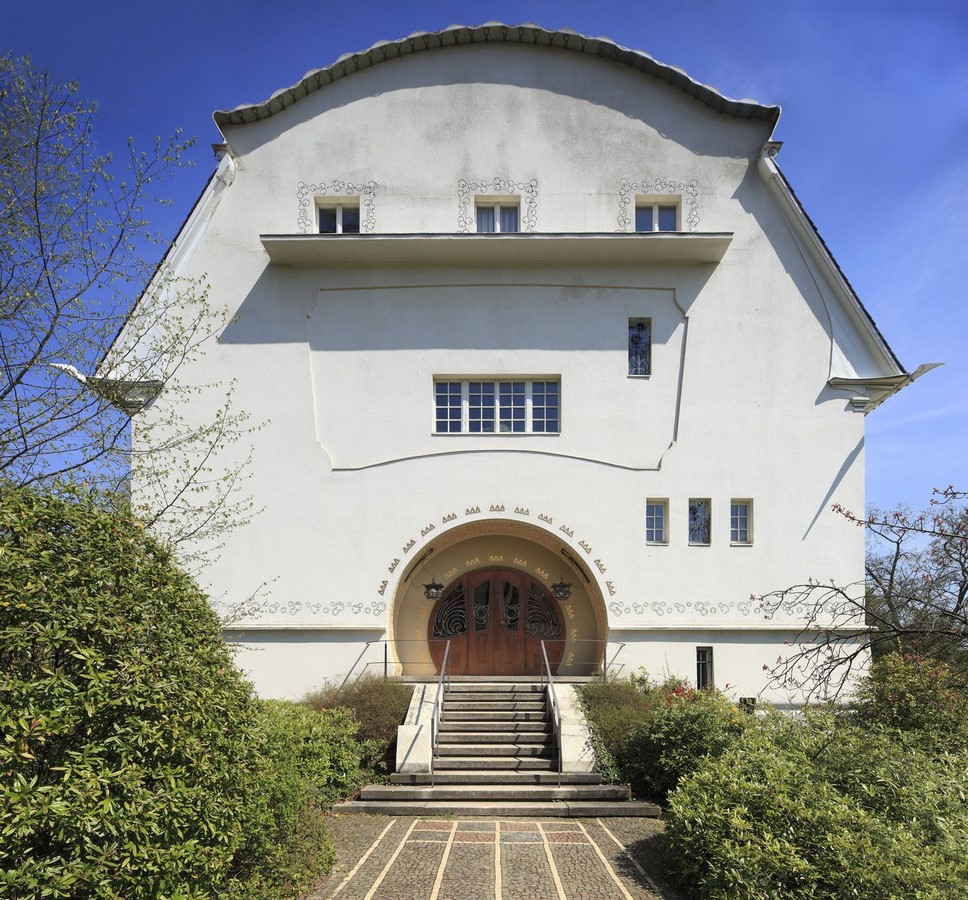
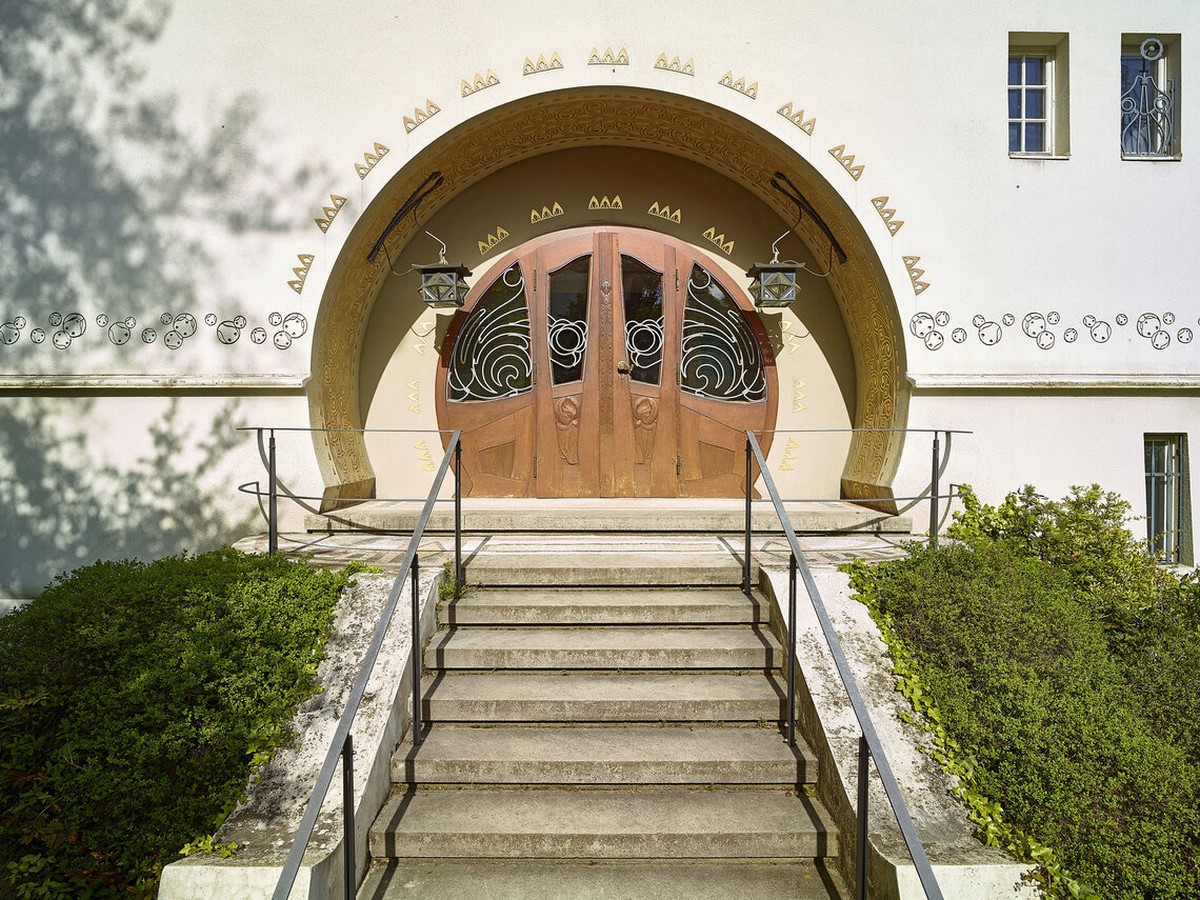
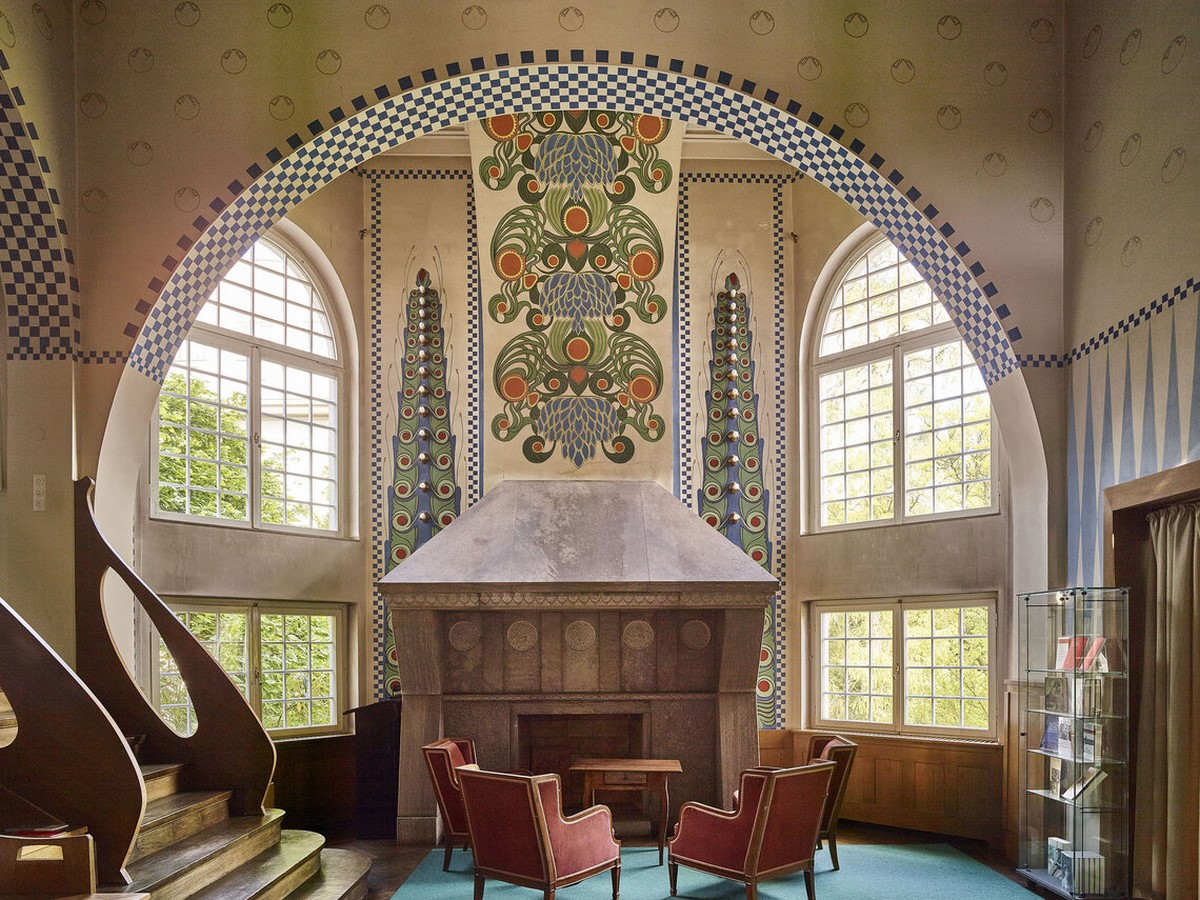
3. Ernst-Ludwig-Haus, Darmstadt Artists’ Colony, Germany
Designed by Joseph Maria Olbrich, the Ernst-Ludwig-Haus was the centrepiece of the Darmstadt Artists’ Colony with its gleaming white horizontal structure capped by a sloping roof. The entrance is arched and highlighted by gold-plated geometric patterns surrounding the doorway, which is in turn fronted by twin male and female sculptures that personify strength and beauty.
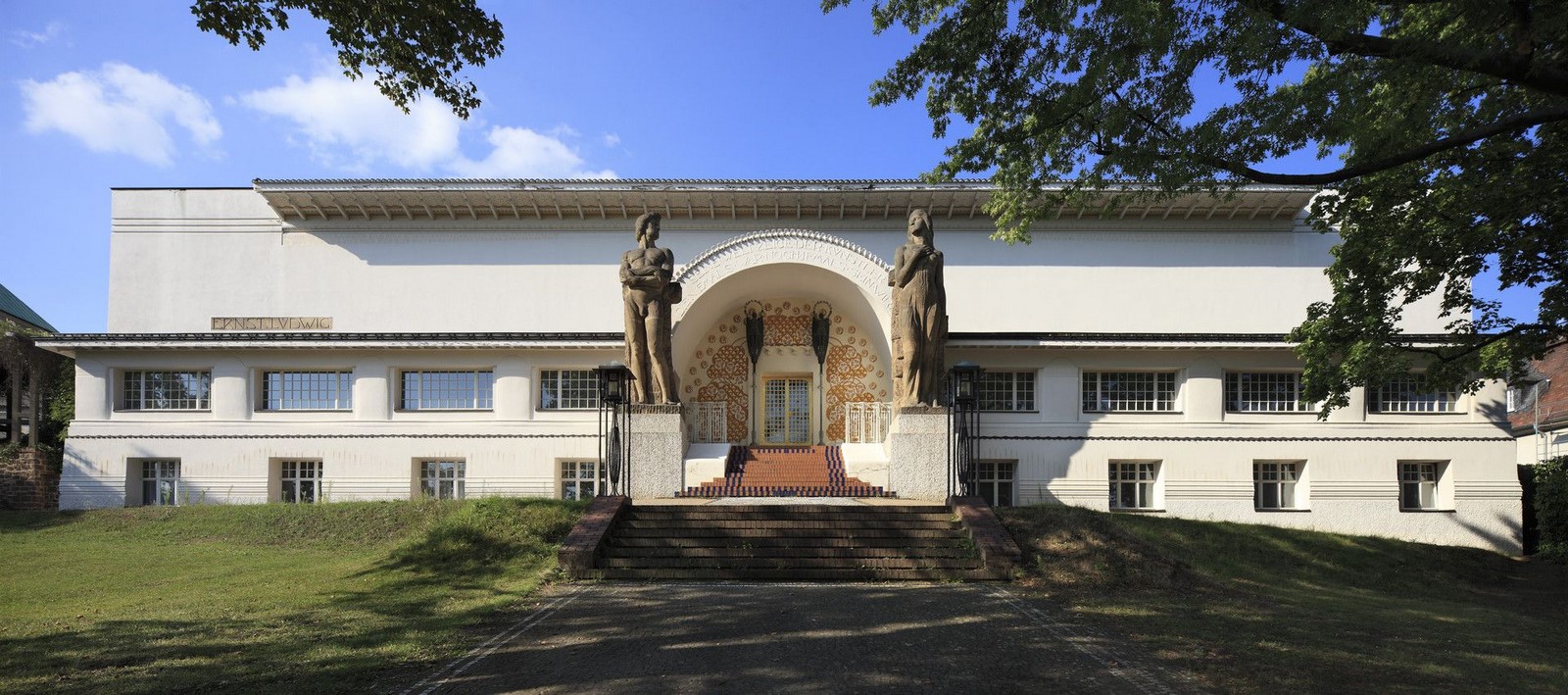
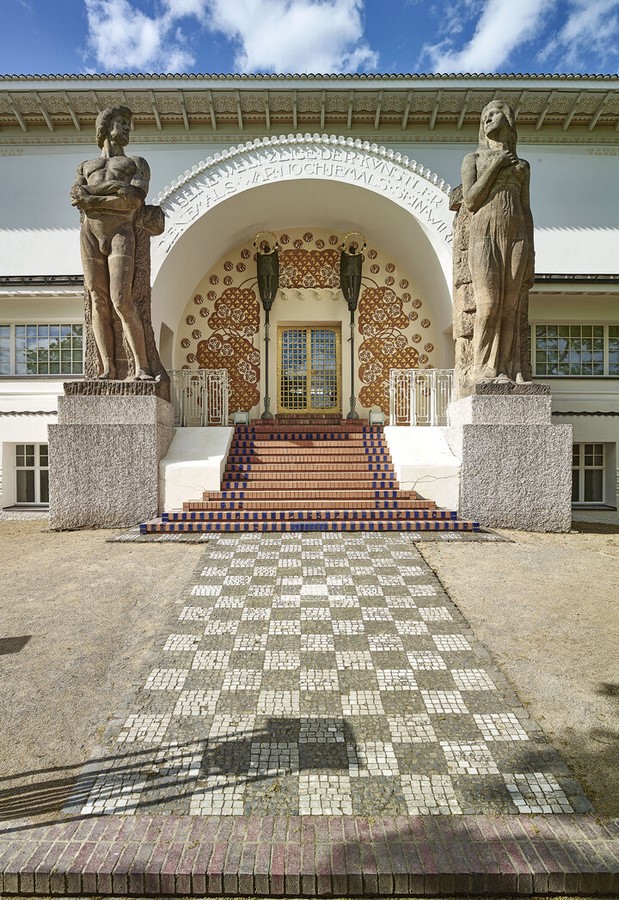
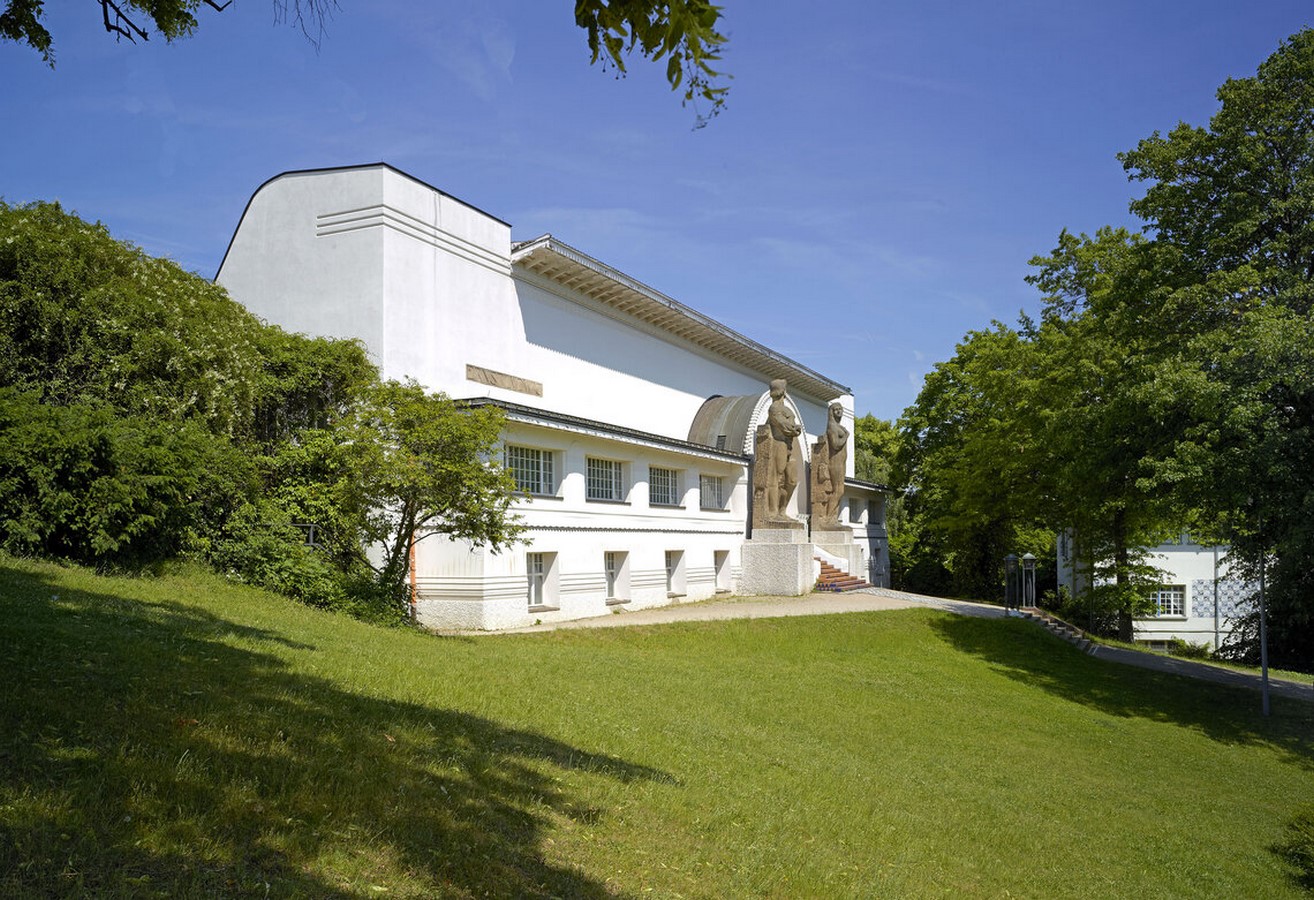
4. Apartments, Riga, Latvia
The most recognized Jugendstil city in the world is the Latvian capital of Riga, showcasing the style in about one-third of the buildings in the city centre. One of the most prominent Jugendstil buildings of the area is the ornamental apartments at the corner of Elizabetes and Antonijas streets, designed by Mikhail Eisenstein.
The striking blue façade of the building features white relief sculptures of long faces at the top and other decorative elements on vertical and horizontal bands.
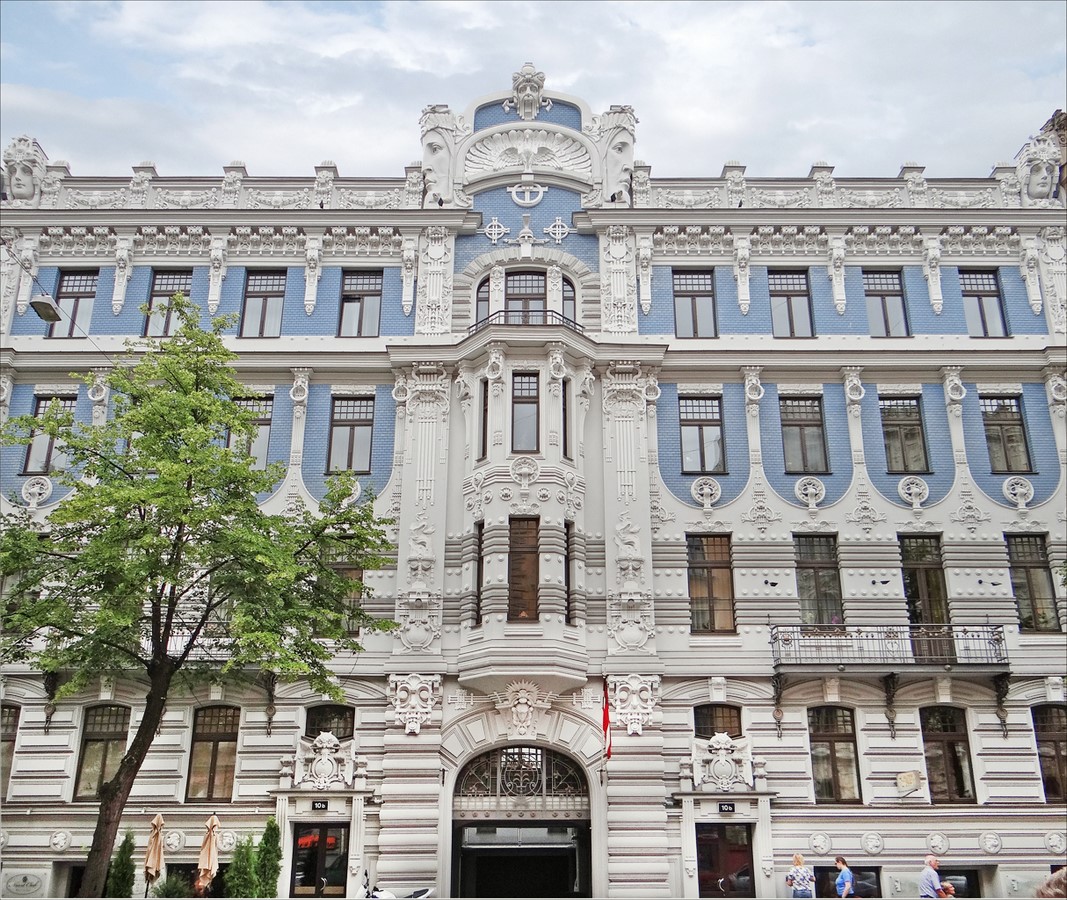
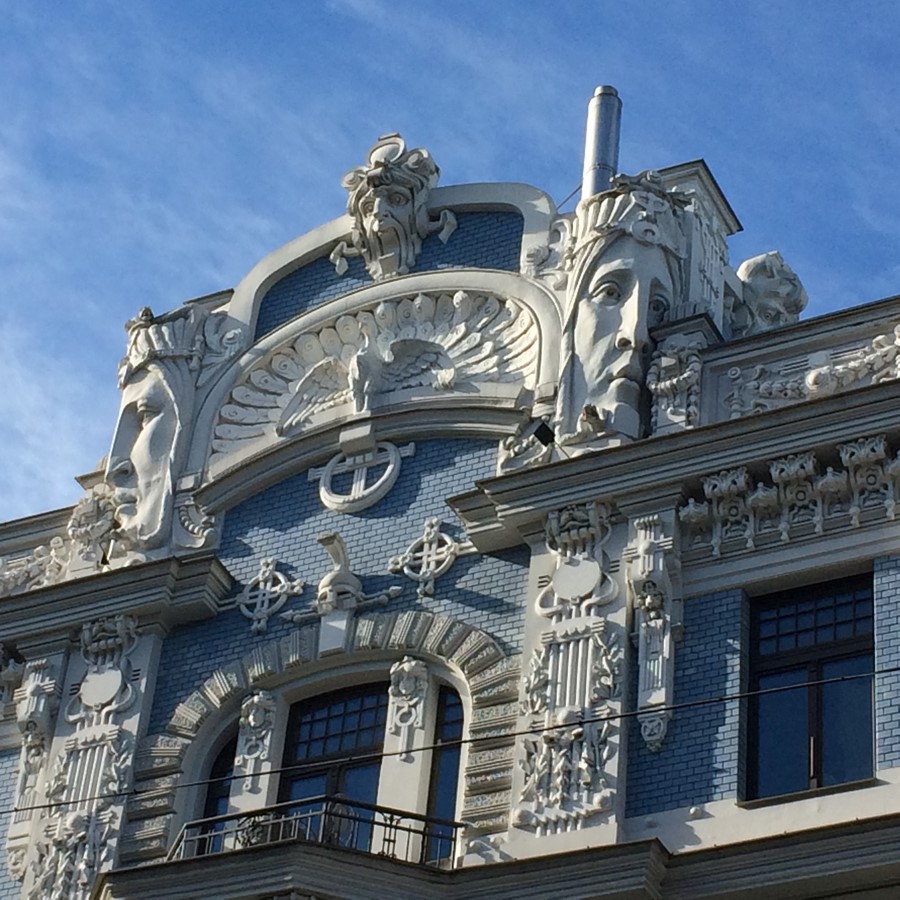
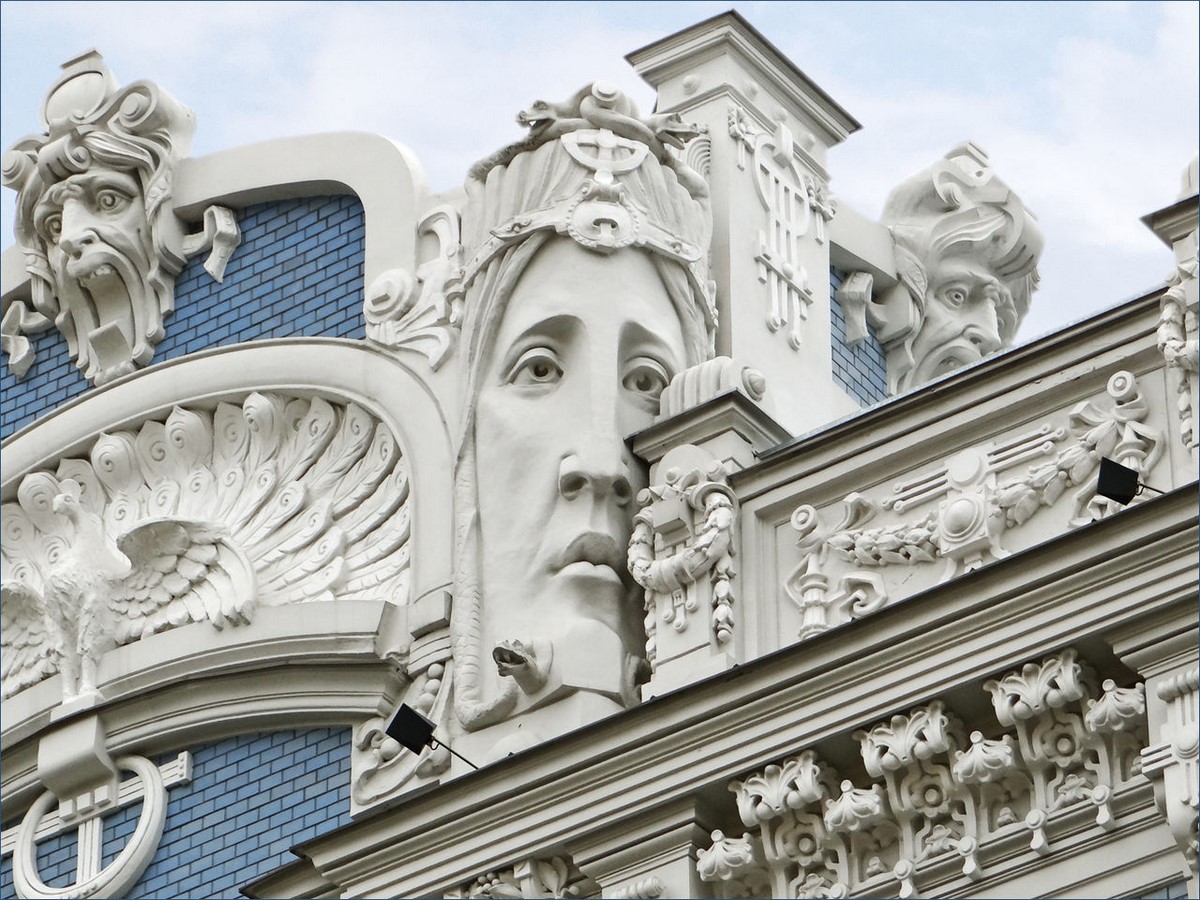
5. Hackesche Höfe, Berlin, Germany | Jugendstil
A courtyard complex comprising eight interconnected courtyards accessed by an arched entrance designed by Kurt Berndt and August Endell in the centre of Berlin. The complex is designed entirely in the Jugendstil style, some elements being the arched windows, white and bluish-grey geometric patterned tiles and highlighted vertical bands to support a large curved entablature that wraps the structure.
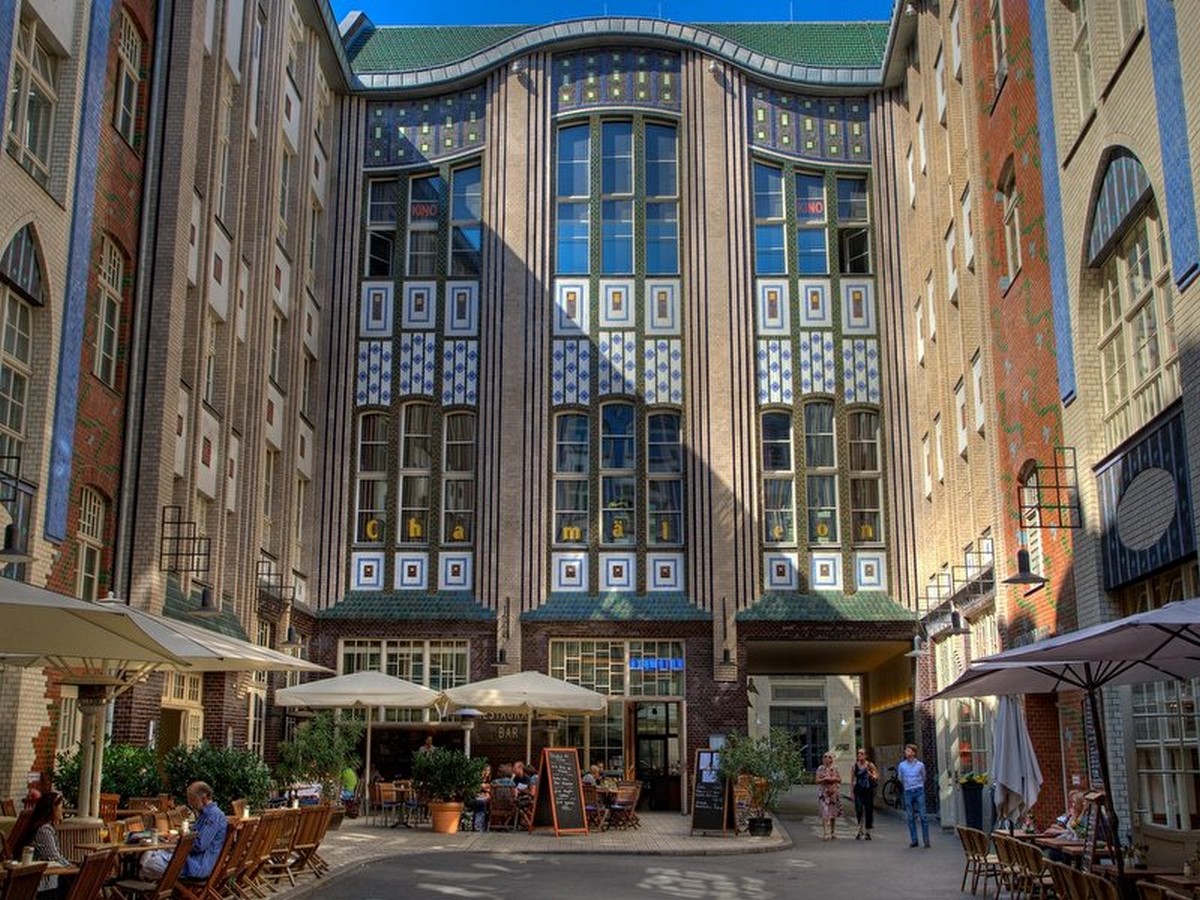
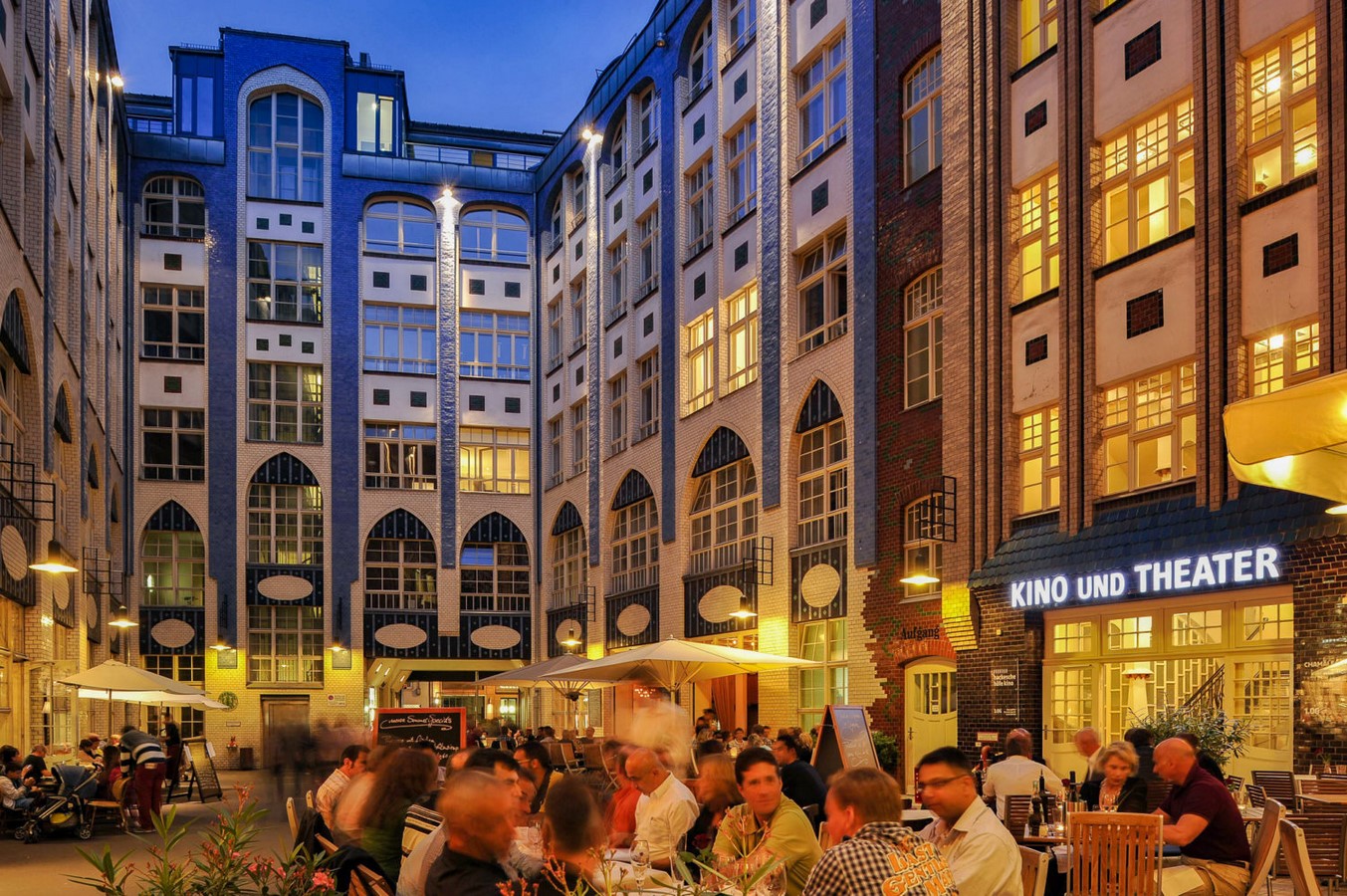
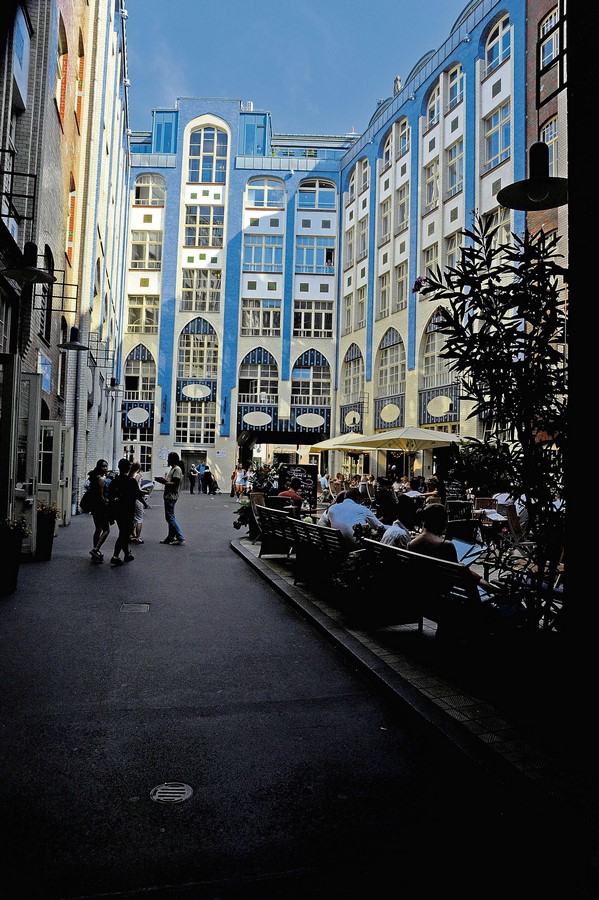
The end of Jugendstil
After 15 years of revolutionizing modern artwork, the Jugendstil’s popularity began to diminish after 1905 as conflicts of interests arose between artists who emphasized on individual expression and the ones who focused on standard designs for mass production. Moreover, all exhibitions had closed after the outbreak of the First World War, ending the movement altogether.
Jugendstil was a turning point in the transition of art, craft and design from eclectic classicism to abstract functionalism and mass production post the industrial revolution. Despite its fall off, its concepts and legacies were revived several times since, and were adopted as the foundational principles for the renowned Bauhaus design school.














